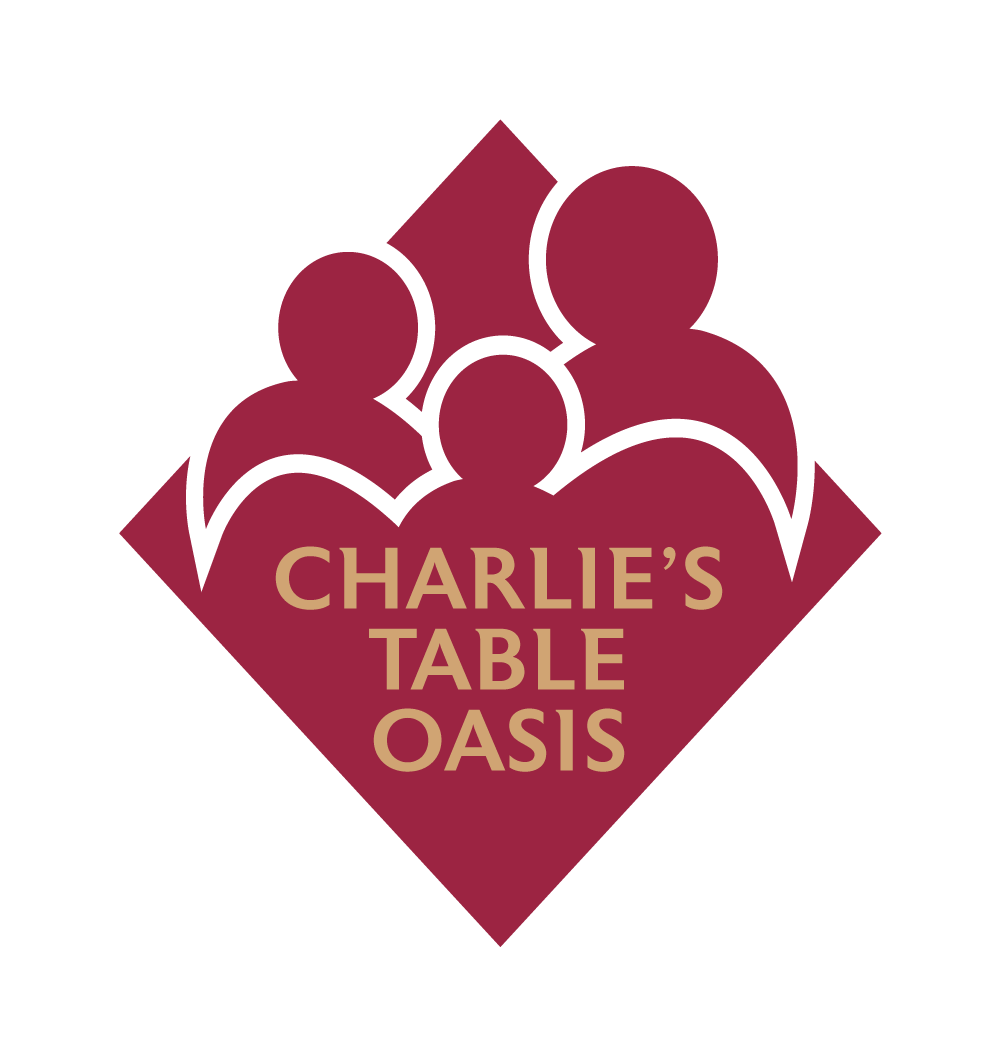FINANCES
Difficulty Paying For Food (SNAP and Food Pantries: “Food Insecure”)
Health Insurance And Food
In General
Gluten-free food tends to cost more than typical food with gluten. If you have difficulty paying for gluten-free food, see the next section. On the other hand, there may be a “medical expense” deduction for tax purposes .
The amount of the deduction is:
The difference between the cost of a regularly priced item and a gluten free item – including the cost of the food and shipping costs. For example, you pay $8.00 for a gluten-free bread and a regular loaf if $3.00, you can claim $5.00
The entire cost of Xanthan Gum (which helps hold baked goods together) and Sourghum flour.
Arguably, if there is no gluten-free food available locally and you have to travel for it, the cost of your travel expense should also be considered to be a medical expense (Travel to and from a physician is considered to be a medical expense for tax purposes.)
The total is tax deductible, if:
You or a member of your household has a confirmed diagnosis of celiac disease or non-celiac gluten sensitivity
You have a letter from an attending doctor stating that a gluten-free diet is necessary as part of a medical treatment.
You have enough medical expenses to permit deducting such expenses from your income for income tax purposes. In 2021, the threshold for deducting medical expenses was 7.5% of adjusted gross income.
You keep careful records, including receipts or photocopies of receipts (e.g. on your mobile phone) - with notes about what purchases are gluten-free and which are not.
If you have a Healthcare Spending Account (HSA), speak with your employer about using pre-tax money in the account to pay:
The difference between the regular price of an item and the gluten-free price
The cost of items you would not normally purchase, such as Xanthan gum to bind a particular food
Shipping cost of the gluten-free item.
For additional information about maximizing use of an HSA, click here.
If you want to keep track of food related medical expenses, you will have to:
Keep track of what your gluten-free food costs as well as the cost of the same food with gluten.
Keep receipts. Instead of hard copies of receipts, you can keep track on your mobile device with a downloadable app. To find one that works for you, type the words “receipt scanner” into your App finder.
Difficulty Paying For Food: SNAP and Food Pantries
If paying for food is difficult for you, there are food pantries all across America that include gluten-free food.
You do not have to be unemployed, and your children do not have to be receiving free or reduced lunch, to be eligible for pantry services. You also do not have to be eligible for SNAP (food stamps) or be homeless.
As a general matter, food pantries do not ask for any proof that you need assistance or that you need to eat gluten-free. For safety, it couldn’t hurt to keep in your purse or wallet a copy of a letter from your physician stating your health condition and that you need to eat gluten-free. (The letter would also come in handy if you have an emergency and become unable to speak for yourself.)
Once you locate a pantry, it is helpful to call ahead to be sure they have gluten-free food available, and, if they do, whether the food is what you are looking for.
When at the pantry, do not expect them to have the same knowledge about gluten-free that you do.
To find food pantries in your area, see the following: (in alphabetical order)
Feeding America.org (type in your zip code or state)
FoodPantries.org
GardenOfHealth.org
GF allergy friendly
Google. In your search bar, type the words food pantry and your zip code
SAFE food pantry in MD: safefoodpantry.org
25 pantries in PA
United Way Helpline. Dial 211. A trained service provider can help you locate a pantry.
TIPS
It is advisable to call ahead to be sure a particular pantry not only carries gluten-free food, but that they have what you need in stock.
If you are interested in starting a gluten-free food bank, look at the “how to” on the website of Gluten Free and More.
To our knowledge, there is no rule about using more than one food pantry to get more help. Most food banks have rules about how often you can go there during a period of time, such as a week or a month.
Keep in mind that, as a general matter, food pantries do not just provide food. Many provide a variety of non-food options such as personal care items, paper products and back-to-school supplies. Many also offer services such as continued education and job training.
To learn about applying for Supplemental Nutrition Assistance Program (SNAP), click here.
Health Insurance And Food
As a general matter, health insurance does not cover the cost of food or even the extra cost of gluten-free food.
If you have a tax advantage account such as a Health Savings Account, you may be able to pay for the cost difference between regular and gluten-free food from the account. To learn more about Health Savings Accounts, click here.
